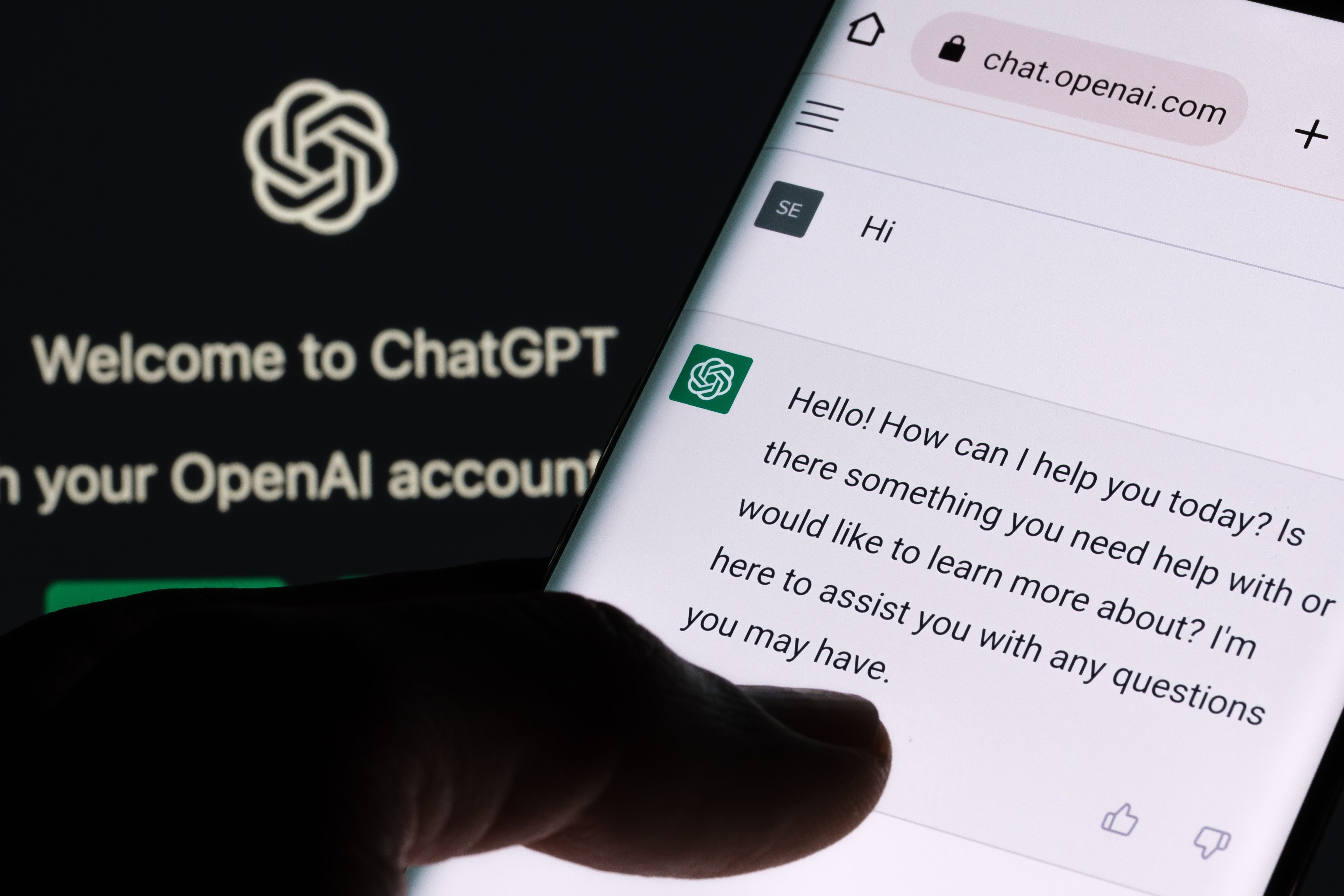AI Will Revolutionise Human Learning – Just Not In The Way You Think

What seemed so novel and amazing at first has suddenly begun to stir up fears. The AI-powered tools known as large language models, or LLMs—the best known of which is ChatGPT—have raised the spectre of human knowledge becoming obsolete.
Such nervousness is understandable. After all, the latest breakthroughs have brought AI into the realm of human language—and that feels uncomfortably close to home. It is as if ChatGPT and other LLMs have passed the Turing Test, which has long been the Holy Grail for computers to pass as human by displaying intelligence.
Fear of AI negates a far bigger and more compelling point. As we’re currently seeing in cutting-edge adaptive learning models, the next generation of AI opens up more potential for humans—not against them. In particular, AI has the potential to revolutionise how humans learn through greater personalisation.
Here are five AI breakthroughs that will change the way humans develop their knowledge and skills to become more competent, especially in the workplace. The first four address AI specifically developed for education—while the lasts shows how LLMs such as Chat-GPT will transform our ability to benefit from the first four.
1. Domain-specific, educational AI-powered models enable greater personalisation—and 100% proficiency.
Early attempts to use AI to deliver domain-specific learning often overwhelmed learners. In essence, AI jumped around the subject matter in a confusing way. Quickly, it became apparent that this technology needed to present content in a way much closer to how the human brain works. Today, the latest AI-powered learning tools can sequence content to match an individual’s pace and performance in an intelligent and responsive fashion. This is what an experienced tutor can do, by identifying where a learner is struggling and needs more support, and where that learner has already mastered the content and doesn’t need further review.
This level of personalisation allows for each person to build their knowledge and acquire skills. Just about every learner can reach 100% mastery of the content—across every single learning objective. It’s just going to take some people longer than others. In one large group of corporate learners, for example, we found the fastest learners achieved 100% competency in 12 minutes, whereas the slowest learners took 2 hours or more. That differential was significant in terms of order of magnitude—but what of it? What mattered most was getting everyone to full proficiency.
More recently, with another of our corporate clients we have seen a narrowing in the gap between the fastest and the slowest learners achieving proficiency. We’re studying these results to find out why. Perhaps this group of learners is simply more homogeneous. It could also be reflective of the subject matter simply being easier. However, we’re curious whether it could be possible that the models are improving such that even the slowest learners can get through the material faster, with the same 100% competency achieved.
2. AI that acts like an ‘infinitely patient grandmother’.
Imagine a grandmother sitting down to teach something to a beloved grandchild—never rushing or giving up and going on to the next thing. Instead, she keeps on explaining, presenting additional material, reviewing, and encouraging—all while ensuring this grandchild remains motivated and engaged. That’s what an educational, AI-powered model can do. Technology learns from the learner, responding and adapting to the human (as opposed to the other way around).
At the same time, this grandmotherly approach can also be used to spot at-risk learners who need extra attention. We see this in the human connection between a teacher and a student or a mentor and a mentee. Rather than falling through the cracks and getting left behind, that learner is engaged and experiences incremental progress. This is very effective for uncovering people’s untapped potential, but no organisation can afford to implement tutoring at scale. With AI-powered models that replicate the tutor’s approach, however, they can.
3. Improving retention—and rethinking retraining.
Once organisations go through the effort and expense of training people in the first place, the last thing they want to do is retrain, just to keep them current. And yet, we know that much of what people learn using traditional approaches—sit through this seminar or click through these slides and answer questions at the end—does not translate into long-term knowledge retention. However, as we’re finding in areas from medicine to the defence industry, adaptive models that use educational AI to personalise learning also improve knowledge retention.
An example is the American Heart Association (AHA), which certifies health care professionals in life-saving skills. In the past, these professionals had to retrain frequently, which was a significant cost for the hospital system and also meant that people had to be away from their jobs to receive the training. By adopting a personalised, adaptive learning approach, however, AHA can allow people to stay certified through refreshing their knowledge and learning the latest techniques on an ongoing basis.
4. Using educational AI to help train people—to use more AI.
Without question, AI continues to make inroads into how jobs are performed, such as automating tasks. The effects won’t be limited to the factory floor; knowledge workers will also feel AI’s encroachment. As Time magazine observed recently, “These AI tools will surely streamline our work and take some of the annoyance and time out of drafting memos, replying to emails, and writing computer code. They’ll help us more quickly digest information such as research reports and make powerful multimedia editing tools usable through simple text commands.”
Rather than fearing the disruption in how work gets done, this is an opportunity for humans to move further up the knowledge chain.
AI will play a big role in this transformation. First, AI can take on some lower-level tasks that, quite frankly, do not require the critical thinking, creativity, and communication that humans are known for. Second, as we’ve discussed, AI will help humans learn more advanced skills. Here’s an example from our own company. Until recently, we found GPT was not accurate enough to use the content it generated in learning models. Now, however, the latest iteration—GPT-4, which is credited with safer and more useful responses—can generate content that is equivalent to what a basic learning engineer could produce.
So, what happens to these engineers? They can be upskilled using AI-powered adaptive learning to become more productive in areas such as decision-making and evaluating more nuanced calls about the content.
5. Large language models—like ChatGPT—will greatly reduce the cost of making content for educational AI models.
The primary inhibitor to benefiting from educational AI—even on a larger scale—has been the cost of content curations for this method of delivery. Large-scale publishers like McGraw-Hill and Collins have transformed their content development processes, starting several years ago. It required massive investments and radical changes to the editorial processes.
The same applies to other large-scale actors such as AHA’s certification of millions of health care workers each year, or CITI Group’s latest move to adaptive learning involving hundreds of people driving these changes. However, ChatGPT has already proven that content can be curated and delivered at a fraction of the current cost, and that will open the flood gates to transform existing education to educational AI platforms.
As we look ahead, the newest breakthroughs will allow us to deploy existing technologies more efficiently. We’ll be able to create content, improve systems, and anticipate and detect problems more quickly.
In the realm of education—and workplace learning in particular—this means that AI-powered models can upgrade human knowledge and improve skill-building and proficiency. Rather than seeing this technology as a threat, it’s time to look at AI as a wide range of tools with greater sophistication and more uses than we ever thought possible. (This editorial appeared in Forbes.)
Ulrik Juul Christensen 
Executive Chairman, Area9 Lyceum


)
)
)
)
)
)
)
)
)
)
)
)
)
)
)
)
)
)
)
)
)
)
)
)
)
)
)
)
)
)
)
)